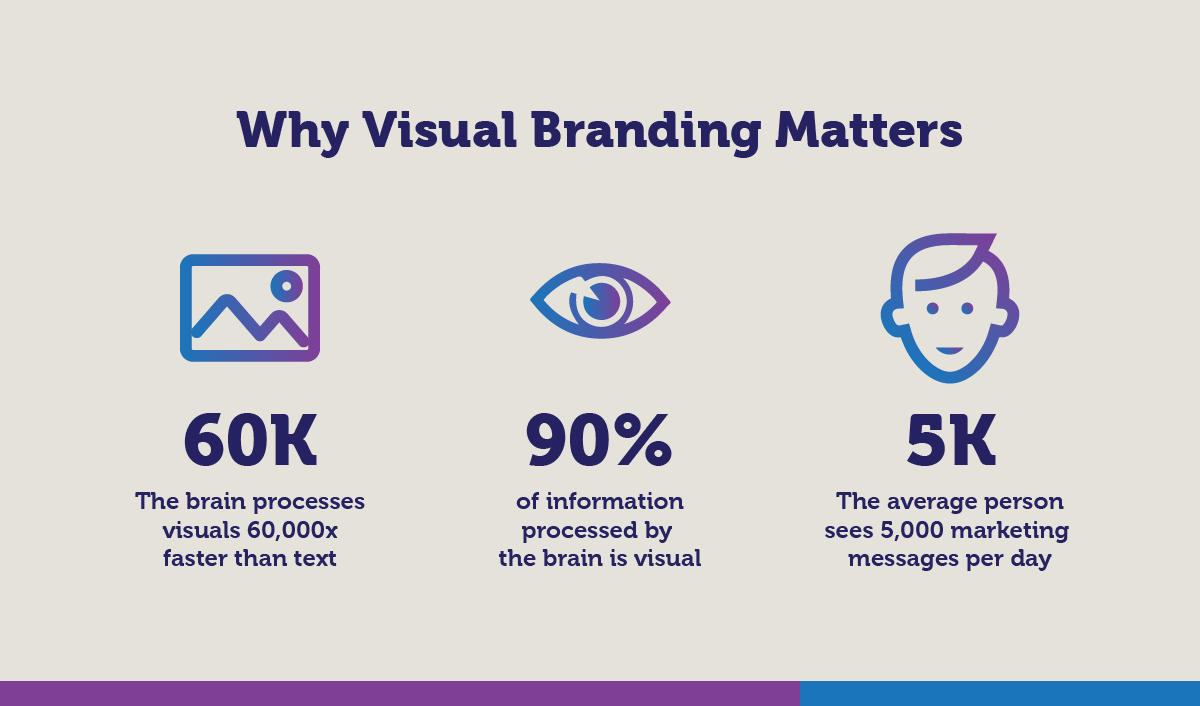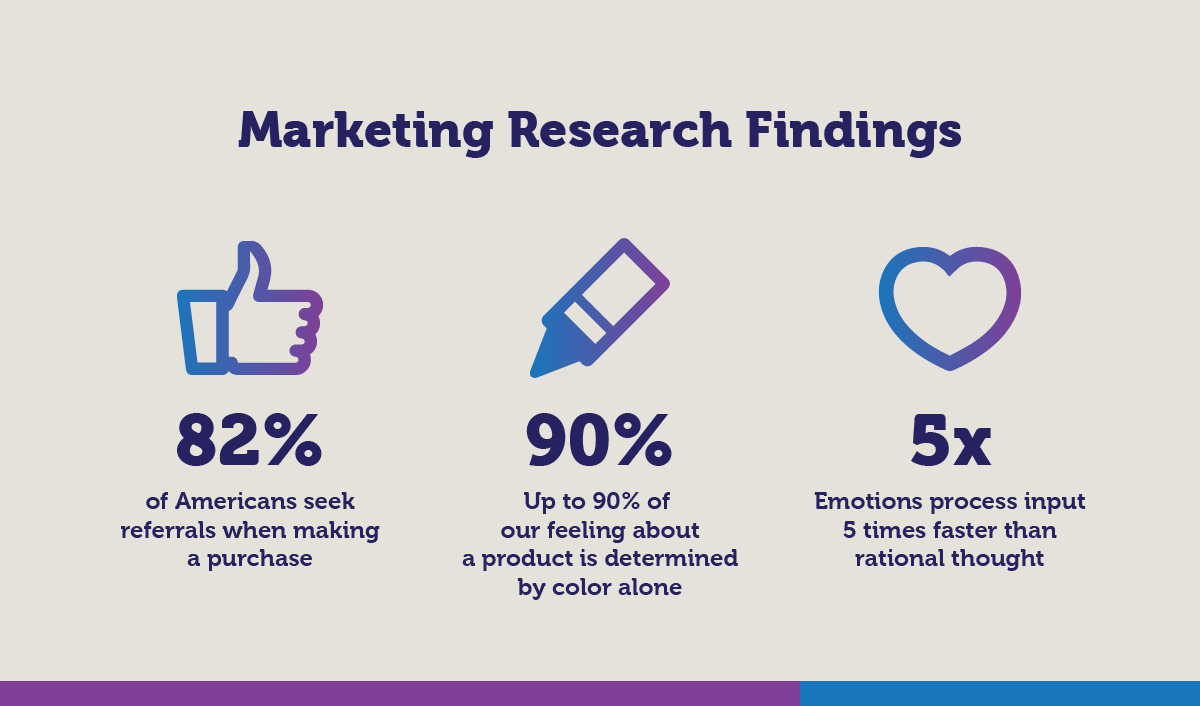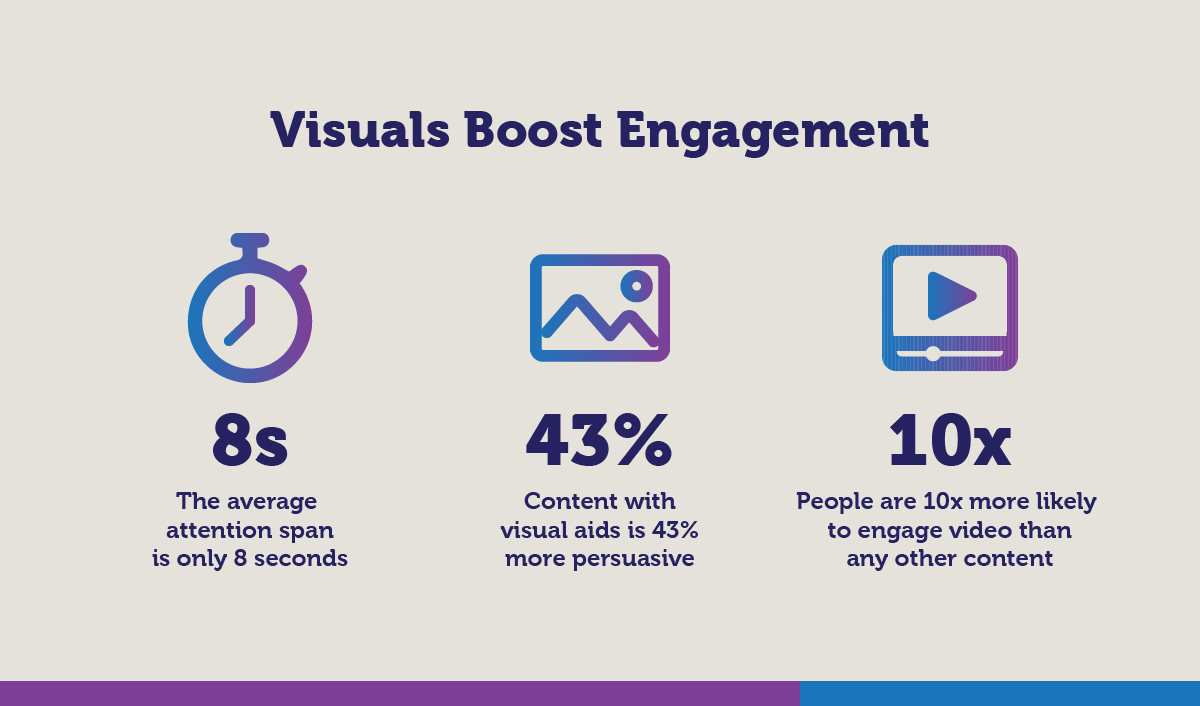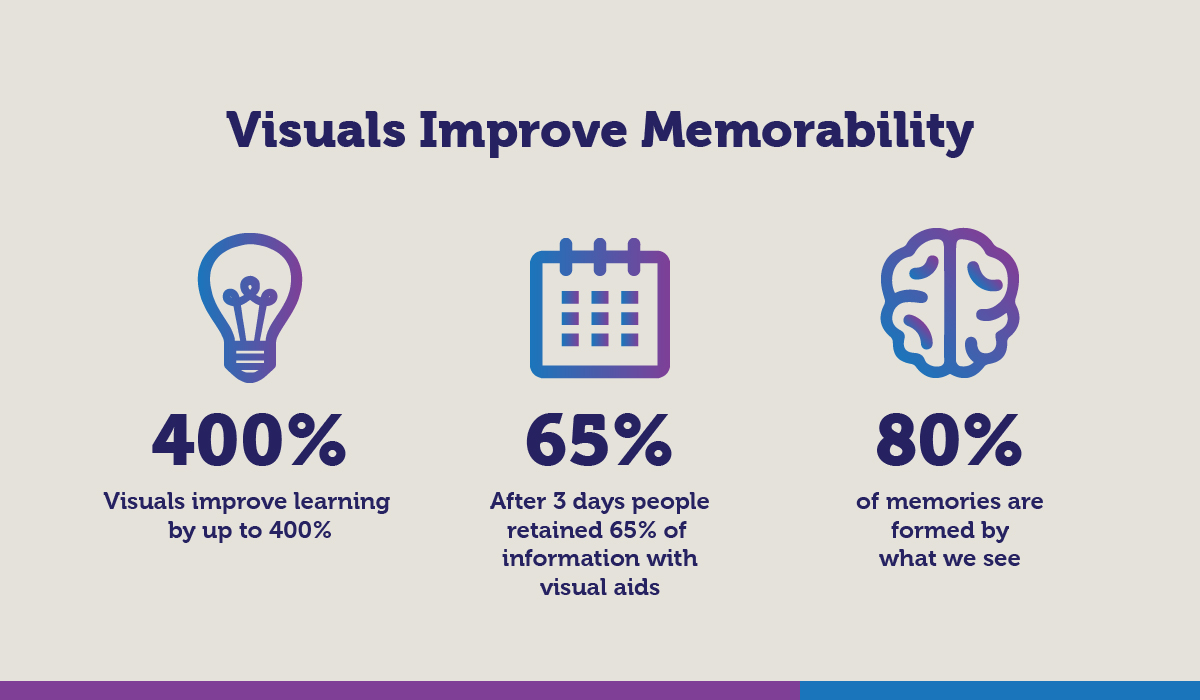Part 1 - The Effects of Good Design on Your Customers
In 1973 during a lecture at the University of Pennsylvania, Thomas Watson Jr., the former CEO of IBM, told students that “good design is good business.” At the time this was a radical idea that seemed to focus on ordinary and superficial things. For Watson, a pioneering advocate for good design, this wasn’t just a philosophy, but an effective strategy he had implemented to transform IBM’s products, corporate spaces, logos, and marketing materials into an attractive, distinctive, and profitable brand.
Good design is still good business and the idea has evolved from discretionary to necessary as a way to stand out from the crowd. For numerous industries good design provides an important advantage and is a fundamental tactic to prevent commoditization. For companies like Apple, Airbnb, and Starbucks, good design is one of the driving forces behind their success and it has transformed them into premium brands that are hard to ignore.
Design is a tool that businesses big and small can utilize to cultivate success. It provides solutions for a brand’s most accessible touchpoints, and no other business function tackles customers’ needs better than design. While Watson’s “good design is good business” theory encompassed all aspects of a brand, from product design to a visual brand identity, in part 1 of this series I will address the latter and how it plays a significant role in attracting and endearing customers to your business.
Related: 5 Reasons Why Small Businesses Need a Solid Visual Brand Identity
Good Design Commands Attention
First, good design commands attention. It propels your business to the foreground and differentiates it from the competition. A recent study found that today’s average customer is exposed to approximately 5,000 marketing messages a day. Thus the stakes for your business to rise above the crowd are very high. Fortunately, good design improves your chances by creating a visual brand identity that cuts through all the noise and attracts attention.

Research solidifies the significance and influence visuals have on humans. Of all the information processed by the human brain 90% is visual, and 80% of our memories are formed by what we see. Further, studies have concluded that humans have an innate ability to understand and identify good versus bad design. Studies also show that good design stimulates the mind and delivers pleasure. This feeling of pleasure makes us want to engage with them more. Therefore, a well-designed visual brand identity has the capacity to attract customers by making your business look inviting - even satisfying.
Related: Why Small Businesses Need Strong Logos
Good Design Makes Good First Impressions
The first touchpoint of your business is typically not its products or services, but its overall visual brand identity. In just 3 seconds prospective customers form their first impression of your business based strictly on visuals. Another study found that it takes just 50 milliseconds for people to form an impression of your website based on its visual appeal. Consumer Reports has also found that customers rate the credibility of a website based on its aesthetic elements more often than its content. First impressions are generated extremely fast and visuals are highly influential, but why? Research shows that the human brain processes visuals 60,000 times faster than written text. So it’s no surprise that the aesthetics of a business’s visual brand identity play a major role in shaping customers’ perceptions.

Harvard Business School social psychologists Amy Cuddy has found that when people form first impressions, they base it primarily on what they can see, and during the process they aim to determine two fundamental traits: trustworthiness and competence. Research also showed that it can take twenty or more encounters to repair a bad first impression. Thus it is critical to start off on the right track by shaping a positive image of your business in the minds of your customers. A strong visual brand identity generates positive emotions towards your business and sets the tone for the customer experience.
Good Design Builds a Strong Brand
Why do most people choose Morton salt over the generic brand? Why do people prefer Starbucks coffee versus the local java joint? After all, salt is salt and coffee is coffee. However, when it comes time to making a choice, brands matter to customers. Brands like Morton and Starbucks over the years have cultivated an image that evokes memories and emotions associated with quality and trust, qualities that resonate with their customers. When brands deliver a consistent image and experience they build trust, and when there’s trust customers become loyal and frequent buyers.
In order to build a strong brand your visual brand identity has to convey an image that resonates with your ideal customers. Consistent marketing materials, logos, signage, etc., help shape the desired image. Approximately 65% of senior marketing executives believe that visual assets are essential to communicate and advocate their brand’s story. The visuals your brand puts forth give customers insight into your business. Weak and disordered branding suggests the same about your business and can turn customers away.

Did you know that up to 90% of our feeling about a product is determined by color alone? One study found that purchasing intent is significantly affected by color and the perceptions they suggest about a brand. Did you also know that the part of the brain that processes visuals is right next to the part that processes emotions? Further, emotions process input 5 times faster than our conscious brain. Emotions also make a more lasting impression than rational thought. These conclusions confirm how important visuals and emotions are in shaping the right brand image. Therefore, in order to build a leading brand, good design is prudent in using design elements that are appropriate and evoke the desired feelings you want associated with your business.
Related: A Comprehensive Design Checklist for Startups
Good Design Engages Customers
Marketers know the importance of customer engagement and its correlation to customer loyalty. Loyal customers are more likely to buy again, more likely to buy more, and more likely to spread positive word of mouth about your business. A recent Nielsen study found that 82% of Americans seek referrals when making any kind of purchase, and 67% are more likely to purchase if the recommendation was shared via social media or email by a friend or family member. So it’s no surprise that 64% of marketing executives believe word of mouth is the most effective form of marketing today. Thus boosting customer engagement is key in driving revenue.
Engaging customers today has become increasingly challenging. Not only is there a lot of noise to cut through to get their attention, but studies also show that attention spans are extremely short. In fact, the average attention span has decreased from twelve to eight seconds since the year 2000. So what is the antidote to this problem? Design, and only design has the power to seduce and amuse.
To create engaging content, the information you present should be clear and concise. Good design evokes strong emotions from your customers and is very effective at keeping them engaged. Remember that good design stimulates the mind and delivers pleasure, and in today’s age of instant gratification, delivering pleasure is key in boosting engagement. Small things such as paragraph length and alignment play roles in keeping customers interested. A study found that reading comprehension can be increased by up to 20% by simply leaving wide white spaces in between paragraphs and around margins. The recommended measure or line length for optimal readability is approximately 45 - 75 characters per line. This helps reduce eye strain and as a result keeps people engaged.

Using photos and videos is also essential. Again, the human brain processes visuals 60,000 times faster than plain text and 90% of information processed by the brain is visual. Studies show that people are more likely to watch a video than read plain text. In fact, videos receive 3X more clicks than content without video. Further, customers are 10X more likely to engage video than any other content. Approximately 65% of people are visual learners, and content with visual aids is 43% more persuasive.
So it makes sense to implement good design practices in your marketing content to stimulate customer engagement. Keep in mind that humans are innately attracted to simple, minimalist design - and content with strong visuals can undoubtedly encourage interaction. Good design plays an important role in building an engaged and loyal customer base as well as improving your bottom line.
Related: 5 Benefits of Video Marketing for Your Small Business
Good Design Promotes Memorability
Recall that 80% of our memory is based on visuals and the brain processes them 60,000 times faster than plain text. Behavioral research by 3M found that visuals improve learning by up to 400%. Another study found that after three days people retained 65% of information that was paired with a supporting visual aid, and only up to 10% of written information without a visual aid. Our brains intuitively process and remember visuals better than any other type of content. This is strong evidence to suggest that your visual brand identity is key in creating good impressions of your business as well as shaping positive memories.

Good design promotes memorability in two ways. The first is by establishing consistency in your visual brand identity. There is a reason why Coca-Cola has used “Coke Red” since the 1890s, on everything from its packaging to advertising. Today that shade of red reminds people of Coca-Cola. Tiffany & Co. has used its distinctive “Tiffany Blue” since 1845 and its blue box packaging is immediately recognized worldwide. Colors, typefaces, shapes, logos, packaging, etc. foster memorability through consistency. Finally, good design increases memorability by evoking specific emotions associated with your brand. As mentioned earlier, emotions make more lasting impressions than rational thought. Colors and images have the ability to elicit feelings and the more positive and frequent the emotional associations you create, the more likely customers will remember your brand and favor your product over your competitors.
Related: What Makes a Logo Great?
Part 1 - Take Aways
As you can see, a visual brand identity is quite influential when it comes to attracting customers to your business and influencing their behavior. Try to think like a customer for a while and remember a time when your own choices were influenced by design alone. It’s likely that design has influenced your decisions at many times. So ask yourself, what is my visual brand identity saying about my business? If you want to rise above the competition, make good first impressions, build brand loyalty, engage customers, and become a memorable brand, then implementing good design should be a part of your business strategy.
If you liked this article, subscribe to receive the Aesthetic Philosophies newsletter.

